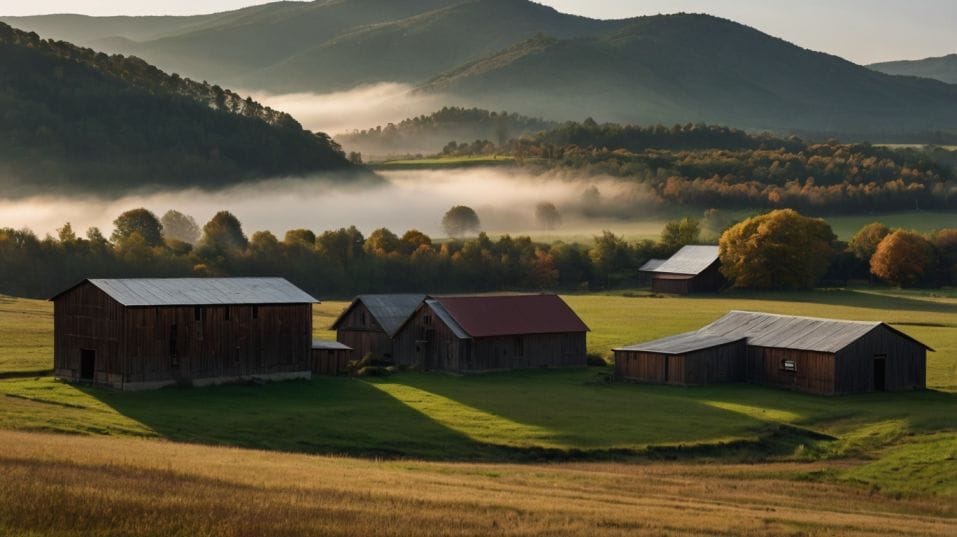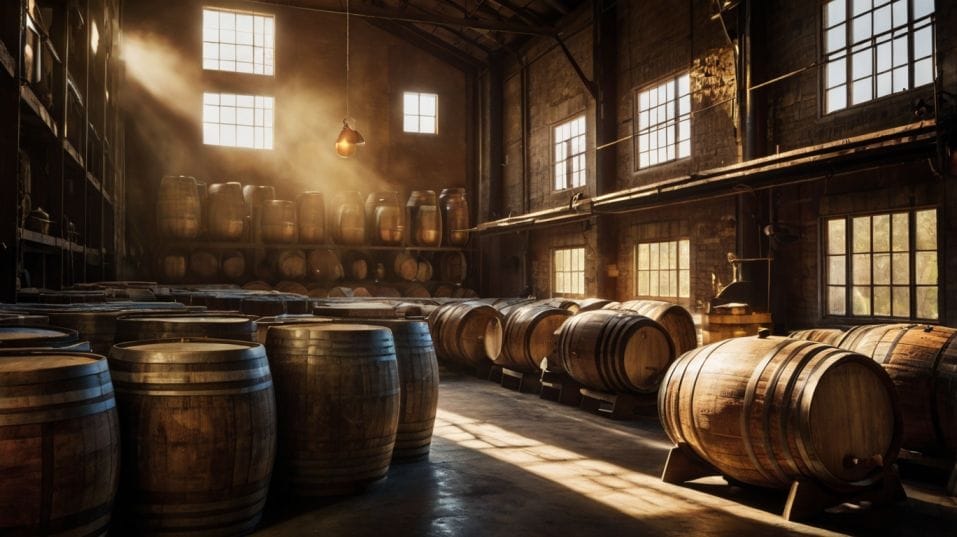How Climate Impacts Whiskey Around the World
Discover how climate transforms whiskey flavor. Learn to taste, collect, and explore like a pro—no matter where your bottle was born.

Ever wonder why a 4-year whiskey from India can taste bolder than a 12-year Scotch? It’s not just about age or cask type—it’s climate.
Temperature, humidity, and even altitude shape how whiskey matures in the barrel. And once you learn to taste that, your whole perspective shifts.
Whether you’re sipping, collecting, or exploring, understanding climate turns casual interest into confident appreciation. It’s time to drink smarter—and it starts with knowing the weather behind the whiskey.
The Barrel Doesn’t Age Whiskey Alone—Climate Does the Heavy Lifting
Forget the marketing spin. Whiskey aging isn’t magic. It’s chemistry, temperature, and time. When a distiller fills a barrel, that spirit starts a life defined by its surroundings.
Heat makes the barrel expand. Cold makes it contract. Each shift pushes and pulls the liquid through layers of toasted and charred oak, drawing out vanillin, tannins, lactones, and other flavor compounds.
But here’s what matters: how often and how intensely that cycle happens. In hot climates, the wood breathes fast and hard. In cooler climates, it breathes slow and soft. That difference is massive.
It’s why a 3-year-old whiskey from India might taste as rich and deep as a 12-year-old Scotch—and why that same Scotch might show a level of grace and subtlety that tropical spirits can’t replicate, no matter how loud they shout.
Maturation is interaction. Climate controls the tempo.

Hot Climates: Fast Maturation, High Risk, Maximum Flavor
Let’s start where the heat hits hardest: places like India, Taiwan, Texas, or parts of Australia. These are pressure-cooker environments. Summer temperatures can soar above 100°F.
Warehouse conditions can vary dramatically—day to night, top rack to bottom floor. All that heat accelerates evaporation (aka the “angel’s share”) and ramps up the oak-spirit interaction.
You’ll taste the impact immediately. Expect:
- Deep color, often in just a few years
- Explosive vanilla, caramel, dark fruit, or spice
- High oak presence, sometimes bordering on astringent
- Intensity over elegance
But here’s the flip side: hot climates don’t forgive poor blending. If the distillate isn’t clean, or the barrels are subpar, the flaws will shout back fast.
Aging in heat is like turning the volume up on every detail—good or bad. The best producers in these regions know when to pull a barrel early and how to blend for balance, not just power.
As a drinker, don’t let low age statements fool you. A 4-year whiskey from Taiwan might hit harder than a 15-year Speyside malt.
If you want to collect bold, barrel-driven whiskey with maximum character per year, hot-climate distilleries should be on your radar.
Temperate Climates: Rhythmic Aging and Balanced Development
Now let’s shift to seasonal zones—places with warm summers and cold winters, like Kentucky, Tennessee, and parts of continental Europe.
These environments give whiskey a more balanced aging rhythm. Summer expands the wood. Winter contracts it. Over years, the spirit absorbs flavors slowly but with more dimension.
Think of American bourbon warehouses: multi-story rickhouses where top floors bake in summer and bottom floors stay cool.
That vertical range adds complexity to blending. Some barrels age hot and fast. Others slow and gentle. The best distillers know how to combine them to build structure, sweetness, and spice.
Expect:
- Strong vanilla, oak, and caramel notes
- Medium to deep color depending on age
- Balance between heat, sweetness, and spice
- Longer aging potential with less over-extraction risk
For bourbon lovers or collectors, this is home base. It’s where climate variation becomes a creative tool.
And if you want to understand why a 10-year-old bourbon can feel so layered, it often comes down to how seasonal shifts shaped that whiskey’s journey.
Cold Climates: Slow Growth, Subtle Complexity
Now look at cooler, maritime, or mountainous climates—Scotland, Ireland, parts of Japan, coastal Canada. These regions age whiskey slowly.
Evaporation is gentler. The oak breathes more subtly. Temperature swings still happen, but they’re muted. As a result, flavors develop over a longer time, allowing delicate compounds to integrate instead of dominate.
These whiskies don’t rush. They evolve. Give them air in the glass, and you’ll find:
- Soft fruit, honey, florals, gentle spice
- Balanced peat (when used), often restrained and elegant
- Light to medium body, with layered finish
- Greater influence from cask type (sherry, wine, etc.)
The slower maturation lets the distiller's choices show more clearly—especially the quality of the new make and the character of the cask.
Long-aged whiskies from these climates tend to show refinement over force. For collectors focused on subtlety, structure, and long-term value, this is where patience pays off.
Altitude and Microclimates: Wildcards Worth Watching
Not all aging is about temperature alone. Elevation plays a role, too. Higher-altitude distilleries—think mountain towns in Colorado or parts of South America—often see big pressure changes that enhance cask interaction.
These regions may combine cold nights with warm days, creating dynamic aging conditions despite moderate overall temperatures.
Then there’s humidity. In drier regions, you lose more water than alcohol during aging—leading to higher-proof whiskey over time.
In humid zones, the opposite happens: more alcohol evaporates, and the proof drops as whiskey ages. Understanding this helps you anticipate what’s in the bottle.
A 55% ABV whiskey after 10 years in a high-humidity warehouse isn’t the same as one that climbed to 65% in dry, high-heat conditions. These aren’t just stats—they're clues to texture, burn, and mouthfeel.
Taste Like a Climate-Literate Drinker
So how do you apply this? Start by treating region and climate as a tasting lens, not a background fact. When you sip, ask:
- Was this aged in heat or cold?
- Fast or slow barrel interaction?
- What does the oak say—fresh and loud, or deep and subtle?
- Is the alcohol integration clean, or does it spike and sting?
You’ll start to see patterns. Hotter-climate whiskies often taste bigger, louder, sometimes rougher. Cool-climate spirits trend toward finesse, length, and structure. Neither is better—they’re just different philosophies of time.
And if you’re collecting? Think globally. Mix climates. Stock tropical expressions for punchy pours and cool-aged whiskies for deep-drinking nights. Use your shelf to track flavor across geography, not just age statements or brand hype.
Final Thoughts
Climate is the invisible hand shaping every bottle of whiskey. It’s why the same barrel behaves differently in Kentucky than in Campbeltown.
It’s why age statements can mislead, and why a whiskey’s home matters as much as its mashbill or cask type.
When you start tasting through the lens of climate, you move from passive sipping to active appreciation. You become the kind of drinker who sees the story behind the flavor—and who collects with purpose.
So here’s your next move: pour two whiskies from wildly different climates. Same age, different environments.
Taste side by side. Don’t just look for differences—understand them. Let climate become your secret weapon in whiskey, starting now.




